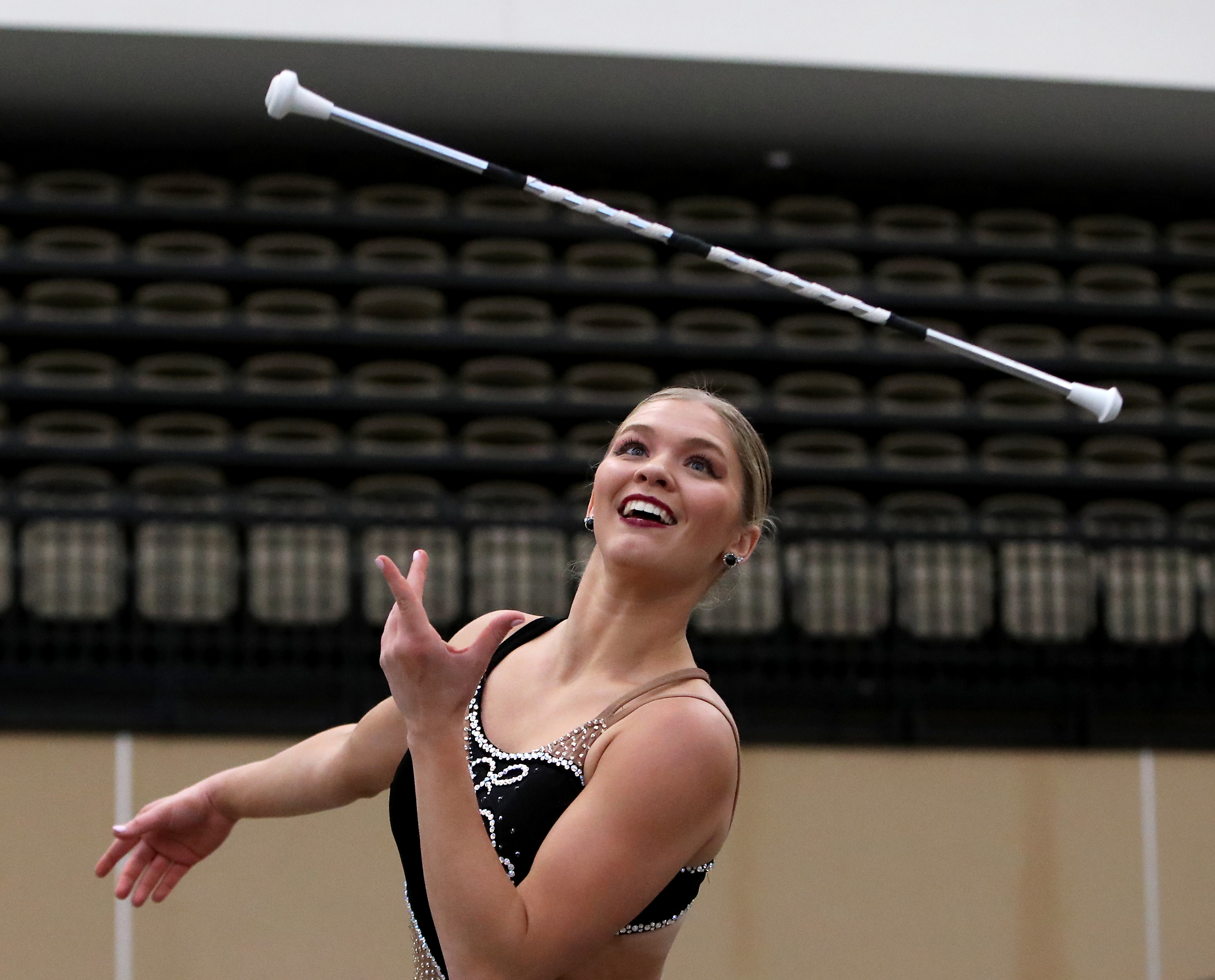Are you looking to master the art of baton twirling? Whether you’re a beginner or an experienced twirler, there are some tips and tricks that you can use to get better at baton twirling. With a little practice and determination, you can learn to twirl like a pro and wow your audiences. In this article, you’ll find helpful tips on how to get better at baton twirling, from gaining the right technique to finding the right baton for you. So, let’s get started on your journey to becoming the best twirler you can be!
Practice regularly

Practicing regularly is key to becoming a successful baton twirler. To stay motivated and improve, try to practice at least a few times a week. Set a goal for how long you want to practice each day and make sure to stick to it. Remember to stay focused and have fun while you practice!
Improve coordination

Improving coordination for baton twirling requires time and practice. Practicing basic twirling and spinning techniques with a light baton can help develop control and fluidity of movement. It is also helpful to practice with a heavier baton to build strength and endurance.
Watch tutorials

Watching tutorials is a great way to learn new tricks and refine existing skills in baton twirling. Try to find tutorials that are easy to understand and are tailored to your skill level. With practice, and an understanding of the fundamentals, you can become a better baton twirler.
Get a coach

Having a coach is essential for becoming a better baton twirler. A coach can provide helpful feedback and guidance, which can help you develop your skills and reach your goals.
Join a club

Joining a club is an excellent way to get better at baton twirling. It provides an opportunity to learn from experienced twirlers, gain access to guidance and support from coaches and instructors, and develop relationships with other twirlers.
Stretch and warm-up

Stretching and warming-up are important steps to take before engaging in any physical activity, especially baton twirling. Before beginning practice, it is important to stretch out the arms, wrists and shoulders to prepare them for the movements to come. Warming-up should include some light cardio and dynamic stretching to get the heart rate up and the muscles ready for more intense movements.




